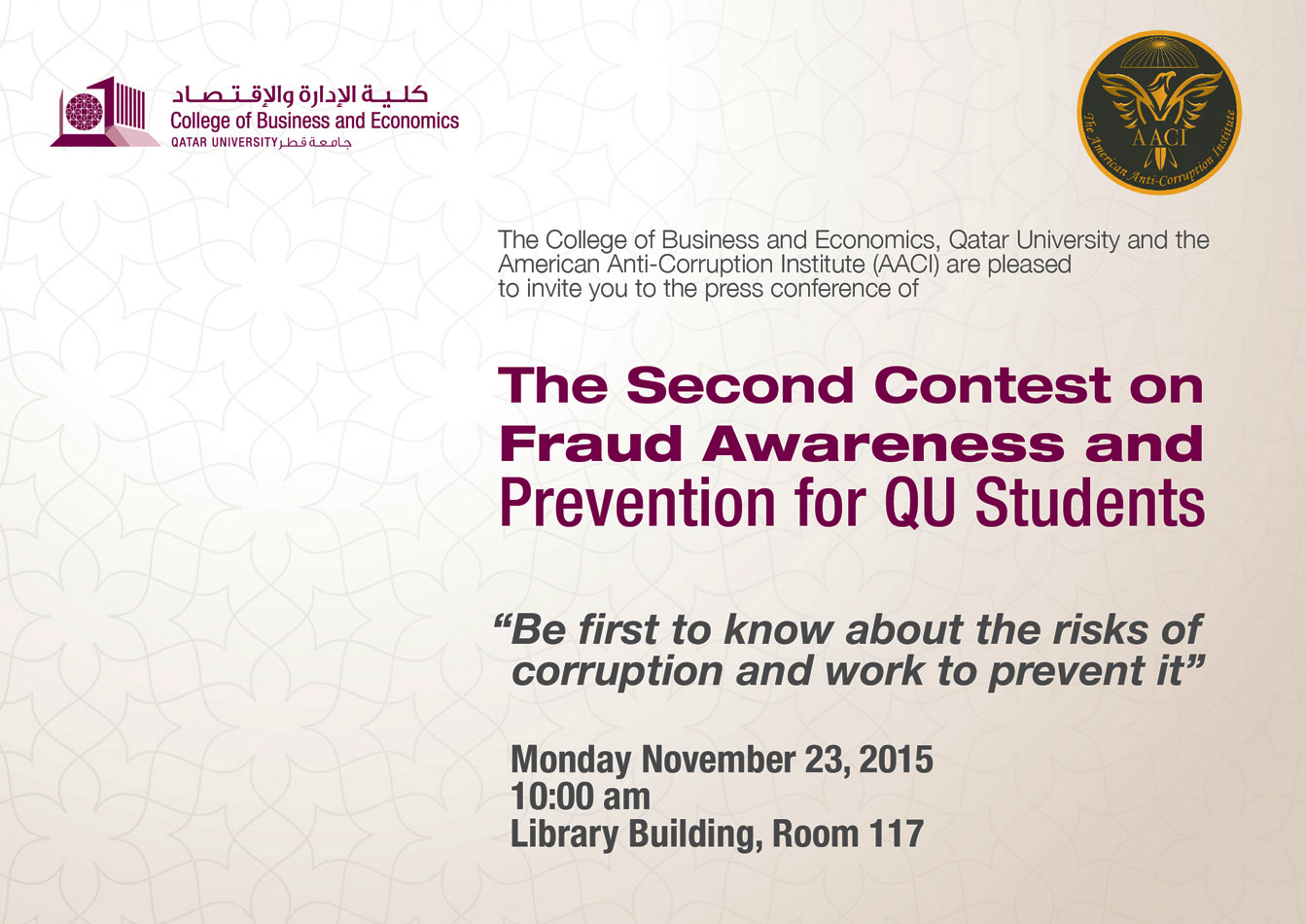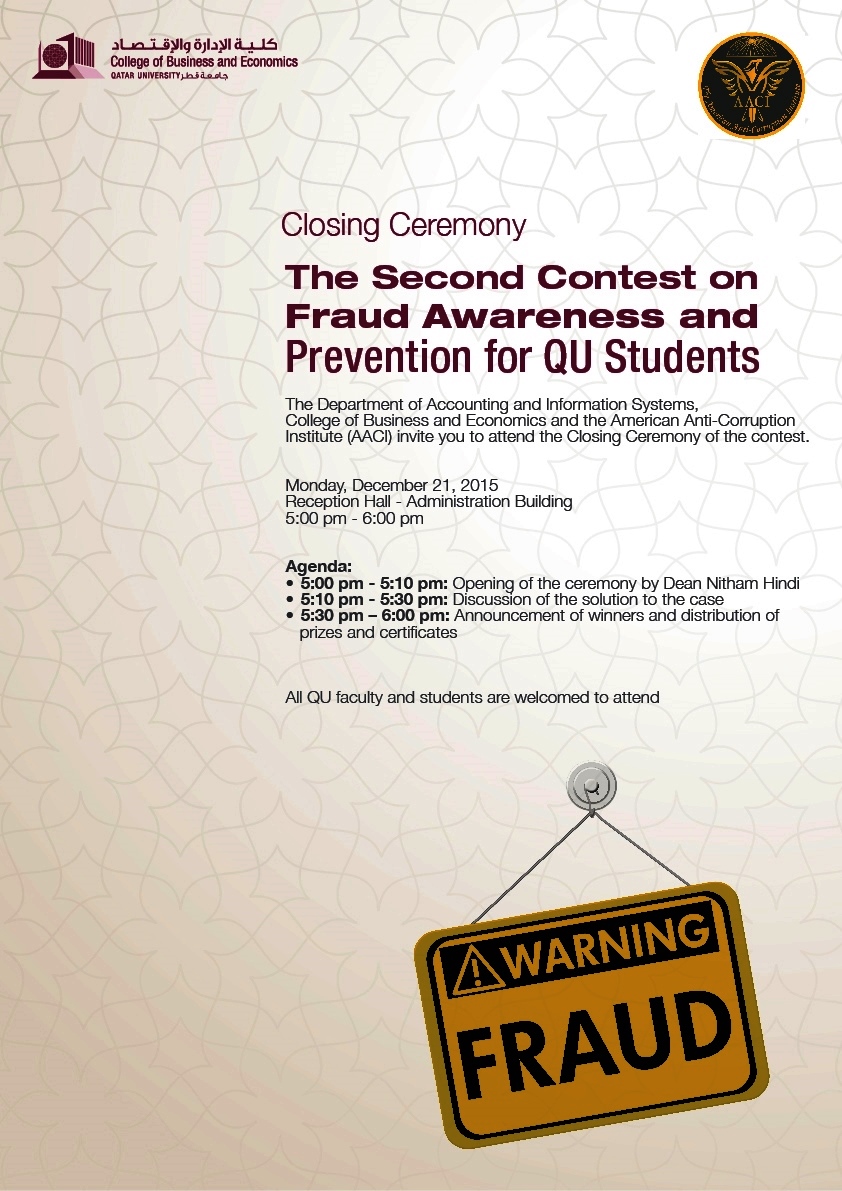Technical Staff
March 23, 2022
As corruption is a business risk, the board members should take all the necessary measures to prevent, deter, detect, correct, and punish culprits. The board has the following duties to fulfill:
- Fiduciary duty,
- Duty of loyalty, and
- Duty of care.
The duty of care obligates board directors and officers to carry out their duties in good faith as well as with caution where a reasonable person in comparable circumstances would believe it is essential. But what would a board member do to fight corruption?
The Responsibilities of The Board of Directors
The organization’s shareholders elect the board of directors. However, local commercial law determines the board’s responsibilities. The following are the primary duties of the board:
- Selection and removal of officers
- Declaring and distributing dividends
- Setting the management compensation
- Coordinating audit activities
- Evaluating, managing, and approving the company’s risk strategies
- Decisions on the company’s capital structure ( the composition of debt and equity)
- Initiation of mergers and acquisitions
The Board’s Responsibilities to Fight Corruption
While the shareholders are the principal, the board is their agent that is expected to perform following the laws, rules, and regulations effectively and efficiently. Though it is evident that there are several presumptions embedded in the duties of the board and its members and committees. The following is not an exhaustive list of these presumptions:
They possess the minimum competence, knowledge, and skills in
- Anti-corruption, internal control, and governance, and
- Financial intelligence and auditing, and
- Anti-money laundering, and
- Management and due diligence.
The Regulator’s Responsibility
Regulators are responsible to ensure that organization boards perform their duties properly. In addition, they should act on time to protect the interests of shareholders, creditors, and other stakeholders. Gross negligence of either the board or regulators shall exacerbate corruption risks.











































